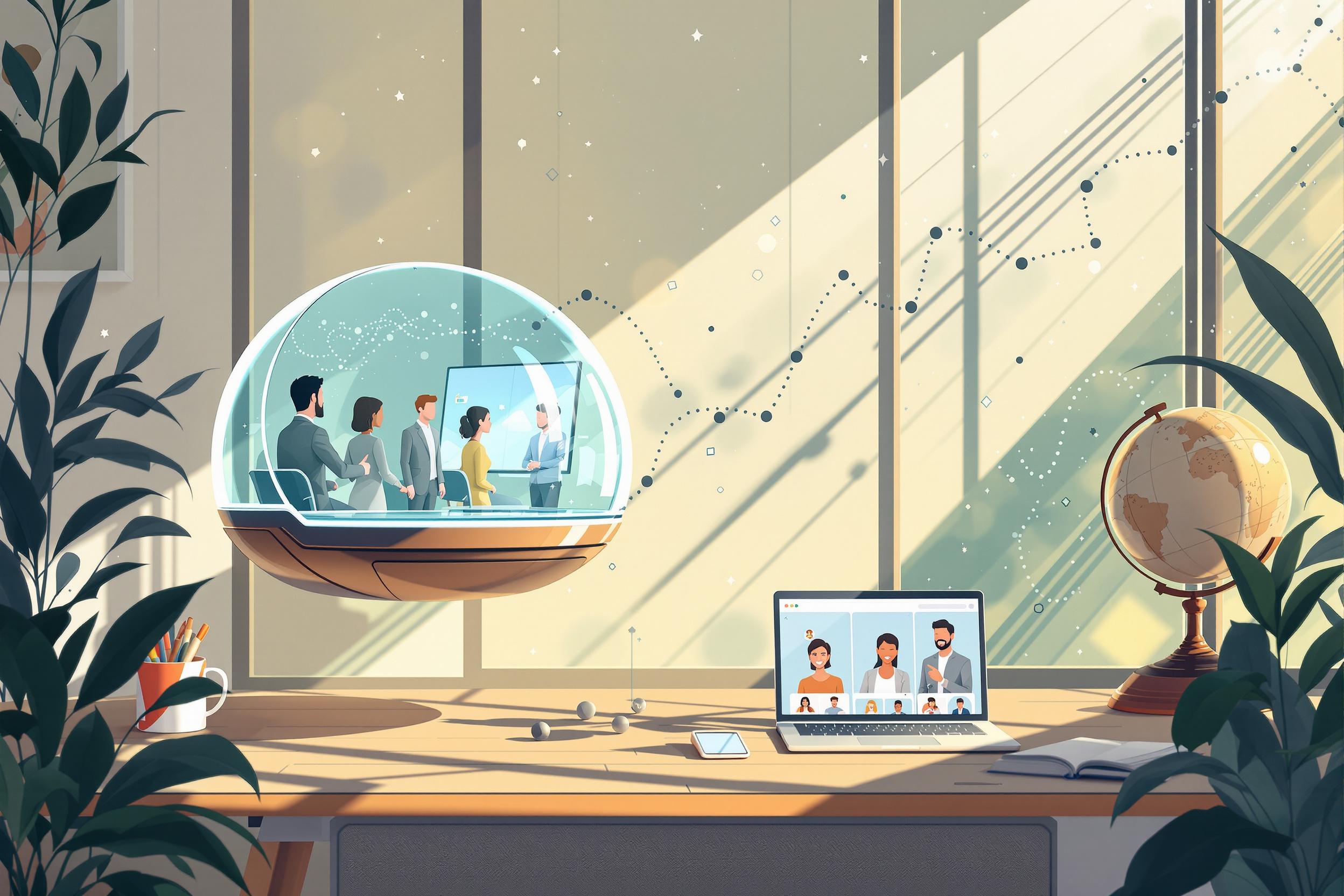
Remote Desktop
Remote Desktop is a technology that lets people access and use a computer from another location, as if they were sitting right in front of it. It's like having a virtual extension cord that connects workers to their office computer from anywhere. This tool is essential for remote work, IT support, and flexible working arrangements. When you see this term in resumes or job descriptions, it usually refers to experience with programs like Microsoft Remote Desktop, TeamViewer, or other similar tools that enable this connection. Think of it as a digital bridge that lets employees work from home while accessing all their work resources.
Examples in Resumes
Set up Remote Desktop access for 200+ employees during COVID-19 transition to work-from-home
Provided technical support for Remote Desktop connections to ensure seamless remote work experience
Implemented secure Remote Desktop protocols to enable global team collaboration
Typical job title: "Remote Work Support Specialists"
Also try searching for:
Where to Find Remote Work Support Specialists
Professional Networks
Learning Resources
Example Interview Questions
Senior Level Questions
Q: How would you design a remote desktop solution for a company of 1000 employees?
Expected Answer: Look for answers that discuss security considerations, bandwidth requirements, user training needs, and backup plans. They should mention managing multiple time zones and creating clear documentation for users.
Q: How do you ensure security when implementing remote desktop access?
Expected Answer: Should discuss encryption, multi-factor authentication, access controls, monitoring systems, and creating user policies. Should emphasize the importance of regular security updates.
Mid Level Questions
Q: What steps do you take to troubleshoot common remote desktop connection issues?
Expected Answer: Should describe a systematic approach to problem-solving, including checking network connectivity, verifying user credentials, and confirming system settings. Should mention documentation of solutions.
Q: How do you handle multiple user support requests for remote desktop problems?
Expected Answer: Should explain prioritization systems, time management, and how to balance urgent needs with routine support. Should mention communication strategies with users.
Junior Level Questions
Q: What is remote desktop and how does it help in a work environment?
Expected Answer: Should be able to explain in simple terms how remote desktop allows users to access their work computer from another location and why this is useful for remote work.
Q: What are the basic requirements for setting up a remote desktop connection?
Expected Answer: Should mention internet connection, proper software installation, correct permissions, and basic security measures like passwords.
Experience Level Indicators
Junior (0-2 years)
- Basic remote desktop setup and troubleshooting
- User account management
- Basic security protocols
- Help desk ticket management
Mid (2-5 years)
- Advanced troubleshooting
- Remote access policy implementation
- Multiple platform support
- User training and documentation
Senior (5+ years)
- Enterprise-wide remote access strategy
- Security implementation and monitoring
- Team leadership and project management
- Disaster recovery planning
Red Flags to Watch For
- No experience with basic security protocols
- Poor communication skills for user support
- Lack of problem-solving methodology
- No knowledge of common remote desktop tools
Need more hiring wisdom? Check these out...

Redefining Team Collaboration in a Digital Workspace

Remote Hiring Playbook: Building High-Performing Distributed Teams

Navigating the Virtual Horizon: Rethinking Leadership Succession in a Remote-First World

